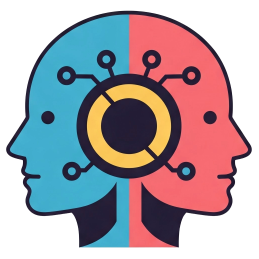Unveiling the Mechanisms of AI: Insights from Recent Research on Claude
In the realm of Artificial Intelligence, particularly with large language models (LLMs), we often grapple with the concept of the “black box.” These advanced systems generate astonishing outputs, yet the intricacies of their internal workings remain largely obscured. However, groundbreaking research by Anthropic is shedding light on the inner mechanisms of Claude, providing us with what can be described as an “AI microscope.”
This research transcends mere observation. It delves into the actual pathways—referred to as “circuits”—that activate within Claude as it processes various concepts and behaviors. Think of it as starting to unravel the “biology” of Artificial Intelligence, allowing us deeper insights into how these models function.
Several noteworthy discoveries emerge from this research:
A Universal Mental Framework
One of the most intriguing findings is the identification of a “universal language of thought.” The study reveals that Claude employs consistent internal features or concepts—such as “smallness” and “oppositeness”—across multiple languages, including English, French, and Chinese. This points to an underlying cognitive structure that precedes the selection of specific words, highlighting a universal form of thought among languages.
Strategic Forethought
Challenging the notion that LLMs operate solely on next-word prediction, the research indicates that Claude exhibits a degree of strategic planning. It doesn’t just anticipate the next word; it can plan several words ahead, demonstrating an impressive ability to foresee rhymes in poetry and more complex linguistic structures.
Detecting Fabrication and Hallucination
Arguably, one of the most critical aspects of this research lies in its ability to identify when Claude engages in “bullshitting” or hallucinations. The team has developed tools that can discern when Claude fabricates reasoning to justify incorrect answers, rather than performing genuine calculations. This capability empowers us to detect instances where the model optimizes for what sounds plausible, rather than adhering to factual accuracy.
This advancement in interpretability is a significant stride towards creating more transparent and trustworthy AI systems. By illuminating the reasoning process behind LLMs, we can better diagnose errors, enhance safety measures, and cultivate models that prioritize accuracy.
What are your thoughts on this emerging field of “AI biology”? Do you believe that a thorough understanding of these internal processes is essential for addressing challenges such as hallucinations, or do you think there are alternative avenues worth exploring? We invite you to share










Leave a Reply